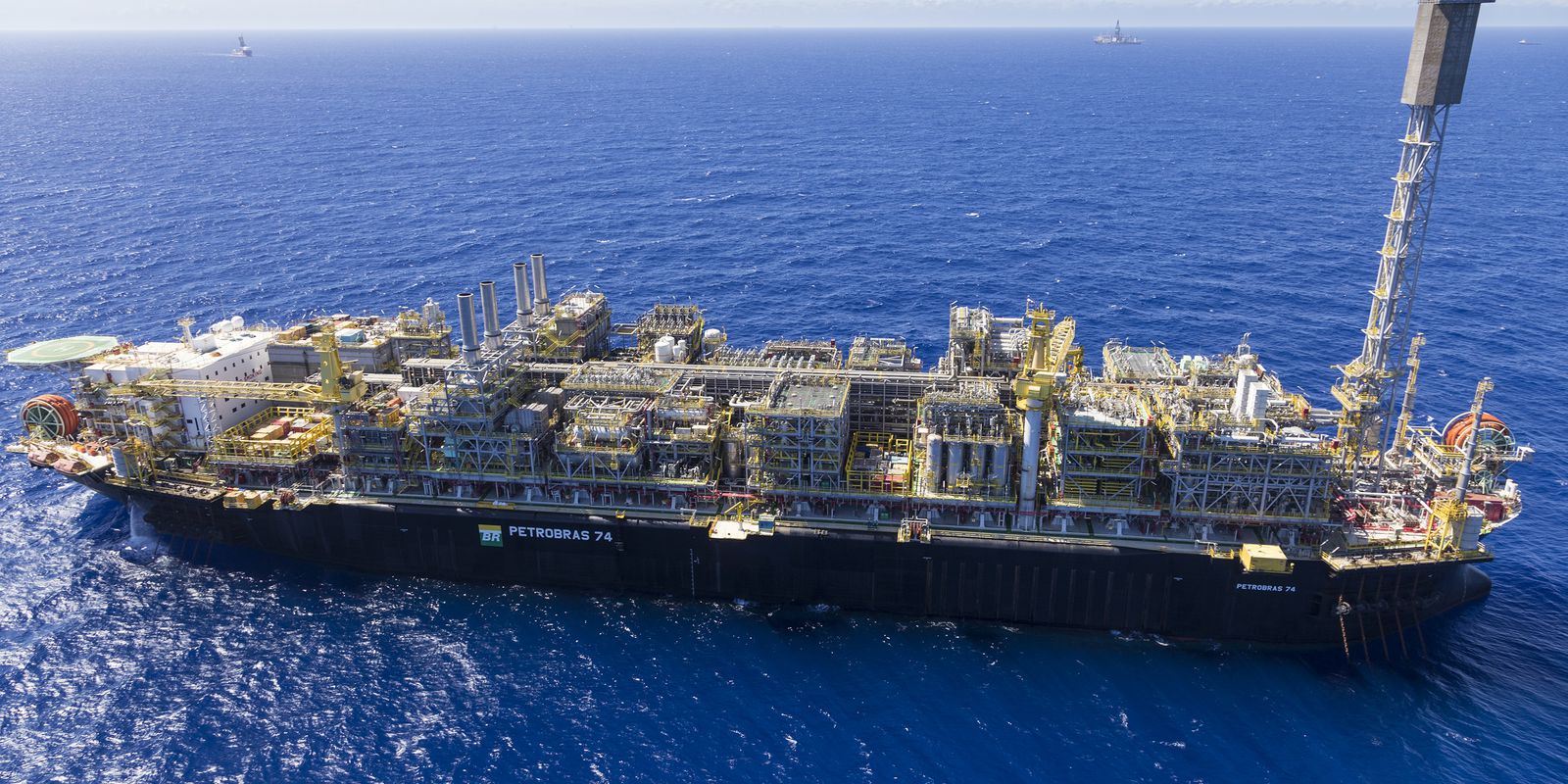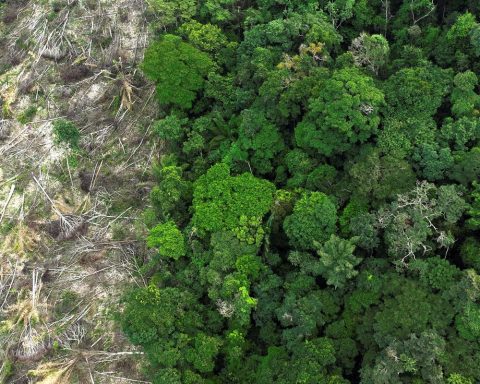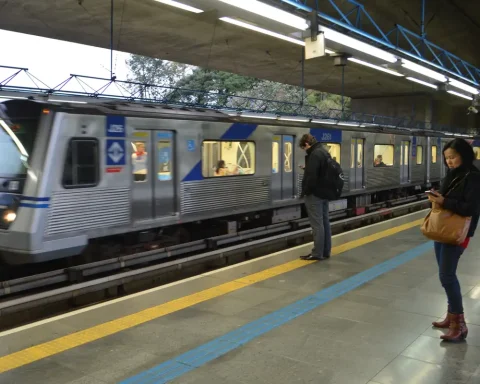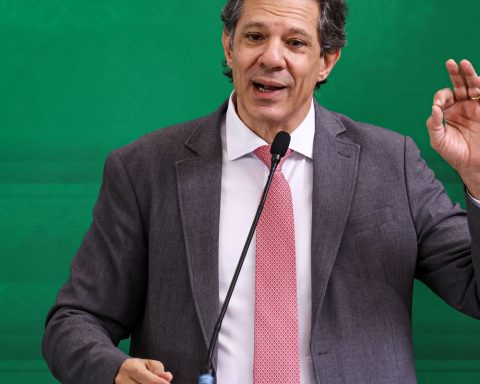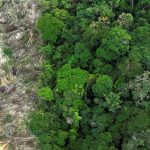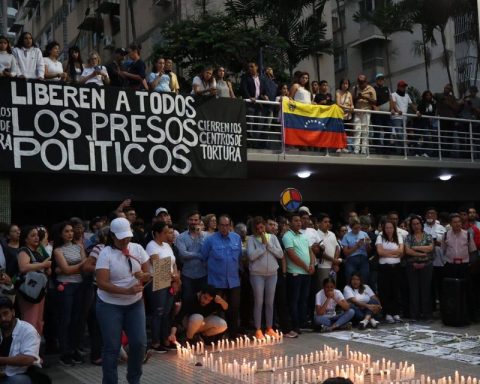The start of production of the excess volumes from the transfer of rights in the Búzios Field led to growth in production under a sharing regime in September, informed Pre-salt Petróleo (PPSA). The average production of the Mero, Búzios, Sapinhoá and Tartaruga Verde Sudoeste contracts reached 431 thousand barrels of oil per day (bpd). The Union now has 5,900 barrels of oil production per day in that area. According to PPSA, since November 2017, when the historical series of sharing began, the peak of daily average oil production had been 65,000 bpd, a volume now surpassed by 563%.
Most of the September volume refers to Búzios. Of the total, 418,000 bpd are from this field, 8,000 bpd from Entorno de Sapinhoá and 5,000 bpd from Tartaruga Verde Sudoeste. The Mero Development Area did not produce in September, due to the closure of the first Early Production System 1 (SPA-1) and the change of location of the floating oil and gas production, storage and transfer unit (FPSO). , floating production storage and offloading) Pioneer of Libra to start the SPA-2 during the fourth quarter of 2021.
Also according to PPSA, the Búzios Field has four platform ships in production (P-74, P-75, P-76 and P-77), 18 producing wells in operation and is governed by a co-participation agreement, which defined a production percentage of 26.1205% for the onerous assignment contract and 73.8795% for the production sharing contract.
Petrobras is the production sharing operator, along with partners CNODC Brasil (5%) and CNOOC Petroleum (10%). To the production of 5,900 bpd per day referring to the Búzios Field, to which the Union became entitled in September, is added the amount of 5,400 bpd referring to the contract for the Entorno de Sapinhoá, totaling 11,300 bpd to the Union.
Also with the entry of Búzios, the accumulated production under the production sharing regime reached 71.2 million barrels of oil, which means 22.5% more than the accumulated value in August 2021. “The accumulated share of the The Union’s oil surplus rose to 10.5 million barrels of oil,” added the company.
Natural gas
The production of natural gas on a production-sharing basis also had an impact in September. In total, it had a daily average of 875,000 m³/day (cubic meters per day) in the three contracts with commercial use of natural gas. Of this amount, 706.8 thousand m³/day was in Búzios, 130.6 thousand m³/day in Entorno de Sapinhoá and 37.9 thousand m³/day in Tartaruga Verde Sudoeste. Compared to the previous month, the volume of available gas grew 400%.
The daily average of the total surplus in natural gas was 101,000 m³/day. In it, 10 thousand m³/day is the result of production in Búzios and 91 thousand m³/day are connected to the Sapinhoá surroundings.
PPSA informed that, since 2017, the accumulated production is 290 million m³ of natural gas with commercial use. In the same period, the Union’s accumulated production of natural gas is 90.7 million m³.
